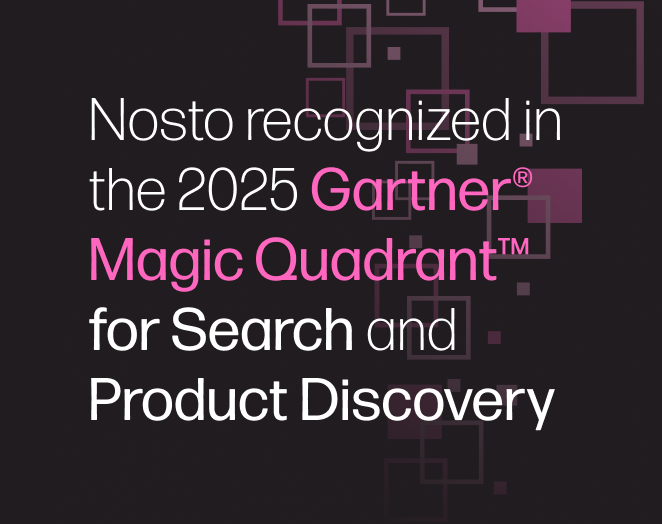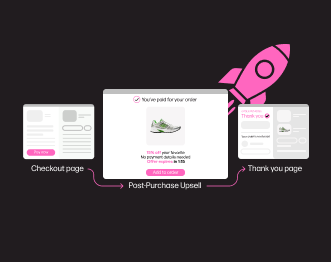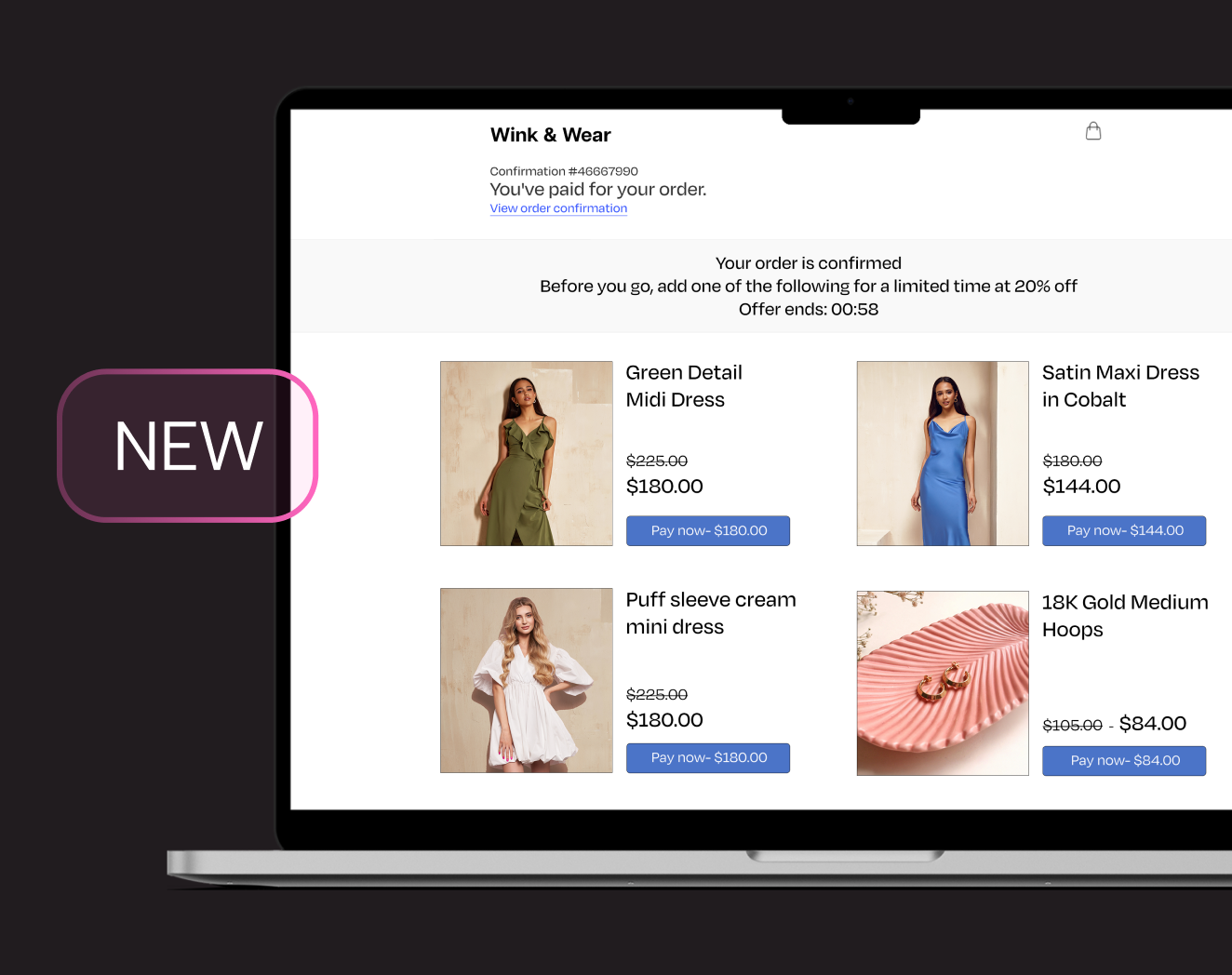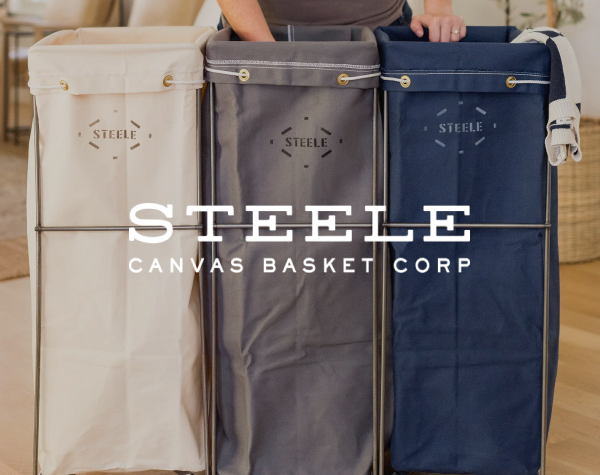How to Use Experiential Marketing to Create Irresistible User-Generated Content for Your Business
There’s no denying that user-generated content (UGC) comes with a slew of benefits that marketers simply can’t ignore. For one thing, it’s a cost-effective way to market your brand without relying on expensive and time-consuming marketing materials.
For another, user-generated content is content created by your audience for your audience. People inherently trust reviews and content created by real people. In fact, consumers find user-generated content 9.8 times more influential than content posted by an influencer and 6 times more impactful than content created by a brand.
Curious to know the percentage of people who would post about positive experiences, well our research found:
- 89% would about destinations
- 62% would about new vehicles
- 85% would about restaurant dining
- 71% would about clothing & accessories
- 65% would about health or beauty products
Think about it. When was the last time you saw a friend on Facebook or Instagram talk about a brand or product they really loved? Or even a post of someone asking for product recommendations?
Assuming that product was something you’d be interested in yourself, what did you do after seeing their post? Did you check out the brand’s social media profile? Did you even go as far as to look at reviews on their website?
No matter the case, investing in user-generated content campaigns can prove to be one of the best marketing strategies your brand adopts in the age of social media. But you also have to do your research and be informed about what makes a great vs. just okay UGC campaign.
The challenge of user-generated content marketing
Any business can decide to create a UGC strategy, but not every business can successfully pull it off. Because the truth is this: compelling your customers and buyers to generate content—and quality content at that—can be quite a challenge.
One of the biggest reasons fellow consumers trust user-generated content is the authenticity behind it. They know that buyers and customers of a brand post genuine reviews and experiences and that the brand did not pay these people to post about them.
So how do you make sure you can get enough user-generated posts to curate and share on your own platforms?
We have a solution: experiential marketing.
What is Experiential Marketing?
To best explain experiential marketing, think about this for a minute: why do people choose to buy concert tickets to see their favorite artist perform live instead of just streaming YouTube videos of that artist for free?
Why do we take vacations instead of just browsing photos and videos of interesting destinations?
The value is all in the experience itself. People want to have the sensory experience of seeing their favorite artist perform live or that must-see far-flung destination instead of simply consuming it as free content.
Experiential marketing works in a similar way. Giving your consumers an immersive experience goes far beyond what they could ever consume in an ad.
There are several benefits to investing in experiential marketing, including being able to engage consumers like never before, eliciting positive feelings and associations with your brand, and, yes, being able to generate content from users through word-of-mouth and organic social posts.
How can you actually use experiential marketing to create endless, high-value pieces of user-generated content? Here are some top ideas.
5 ways to use experiential marketing to create irresistible user-generated content
Next time you plan your UGC campaign, try out these easy experiential marketing campaign strategies.
Launch a social media contest
Get users involved by hosting a social media contest where the main goal is to create content around your brand. Contests have proven time and again to have great engagement rates with consumers—including higher open rates when contests are promoted via email marketing.
An interesting statistic found by Wishpond even reports that 89 percent of industries use video to promote their social media contests. It’s not hard to see why. Video is more engaging than a static photo or post. Plus, brands can both communicate contest rules and terms as well as show sample entries in a minute or less.
When you want to create videos to promote your social media contest, one simple tool you can use is Boosted. They have a library of video templates—including stock footage and music—that make it easy to create professional-looking videos quickly.
Need some example contest ideas? Consider giving consumers an easy prompt, then instructing them to tag your brand and use contest-official hashtags in their post.
In the case of a consumer goods company, for instance, a contest might ask users to answer this question: “What is one grooming or beauty product you can’t live without?” The winners might then receive products in that category or a gift set curated just for them based on their entry.
Needless to say, convince your customers that your contest has amazing prizes up for grabs, and be sure to promote the contest consistently through highly engaging posts like videos.
Collaborate with influencers
There’s a fine line between influencer marketing and user-generated content. For a pure UGC campaign, customers might not appreciate seeing sponsored posts by influencers.
But that doesn’t mean you should toss out your influencer strategy completely. You can still work with influencers to create a user-generated content campaign using experiential marketing tactics.
For one thing, instead of sponsoring influencer posts, invite micro-influencers to collaborate with your brand in more meaningful ways. Then, offer to repost their content on your feed. One example of a meaningful influencer collaboration may be getting a few relevant micro-influencers to do an Instagram Live takeover, where they can go live on your account and host a hangout with followers.
You can even tap TikTok influencers to create a series of micro-content about your brand with the goal of getting their followers to join in. Try creating a new TikTok challenge for a chance to make it go viral—collaborating with influencers to be at the forefront of the trend. Repost this content on your own social media accounts too.
For your influencer-centric campaigns to really be experiential, remember to not treat influencers as walking billboards on social media. Acknowledge that they have their own talents to bring to the table, and then make the most of them to truly connect with your audience.
Have a surprise giveaway for your virtual event attendees
Virtual events will most likely be the norm for a while, especially until it’s deemed safe to return to usual in-person events and activities. That doesn’t mean you can’t try to still make your event fun and engaging even if customers are tuning in from home.
Add the element of surprise to your virtual events by hosting an impromptu giveaway. Announce at the beginning of the event that special prizes await attendees who post about your virtual event on their social media accounts.
Depending on the type of event you’re hosting, there can be a number of ways to encourage people to spread the word about your event.
If you’re hosting a webinar or live class, suggest taking an Instagram Story of their key takeaways and what they’re enjoying the most. If it’s a special get-together for a group of customers, give them a prompt to post about on social media. This prompt can come in the form of a question or a challenge.
Make the prize a secret until the end of the event so that users are encouraged to stay. Also, consider removing an entry cap—meaning users have more chances of winning the more quality posts they make on their accounts.
Invite beta testers
Inviting some customers to form a pool of beta testers can be a fantastic way to really immerse them with your brand and spread awareness about what’s coming.
If you’re introducing new features to your app or software, for example, get a few loyal users to test it out and give their honest feedback about how to make it better. Doing this can add another layer of brand experience and may keep these customers loyal for years to come.
To elicit even more excitement among the rest of your customer base, encourage these beta testers to post about upcoming features on their social media pages.
You may want to have some guidance about what can and cannot be included in UGC posts, but this can be great authentic content for your brand. Have actual customers build up hype about your future improvements, features or collections, then repost these to your main social accounts so that other customers get a sneak peek too.
Getting beta testers to post about these exclusive tests and events may also encourage other users to be more engaged with your brand. After all, if they learn there is currently a group beta-testing your products, they might engage to learn how to become one themselves for a chance to be invited.
Gift your existing customers multi-sensory home kits
In-person experiences are hard to curate when consumer habits have changed in the last year. But you can still make a difference in customers’ lives without them having to physically be in your store or at an event.
Consider gifting a multi-sensory home kit. This is essentially a way for consumers to touch, build or create something with their hands instead of consuming content on a screen. Sensory packaging has become a trend for certain industries that are trying to create unforgettable brand experiences with customers when they receive packages.
Multi-sensory packaging including glow-in-the-dark stickers or textured boxes is one way to intrigue customers. You can also take it up a notch by sending your customers a home kit that they can interact with.
For example, if you ship your items in a box, include an instruction manual as well as decorative items that encourage customers to upcycle said boxes into fun organizers for their home.
You can even go simple and gift customers with an out-of-the-box item that they might not have expected.
One brilliant example of these viral-worthy product surprises is BABE Wine’s collaboration with Ryan Porter. BABE Wine, the official wine of the NFL, partnered with the lifestyle goods brand to create unique candles with scents that would remind them of football games, especially when so many fans were unable to watch their favorite teams live at stadiums.
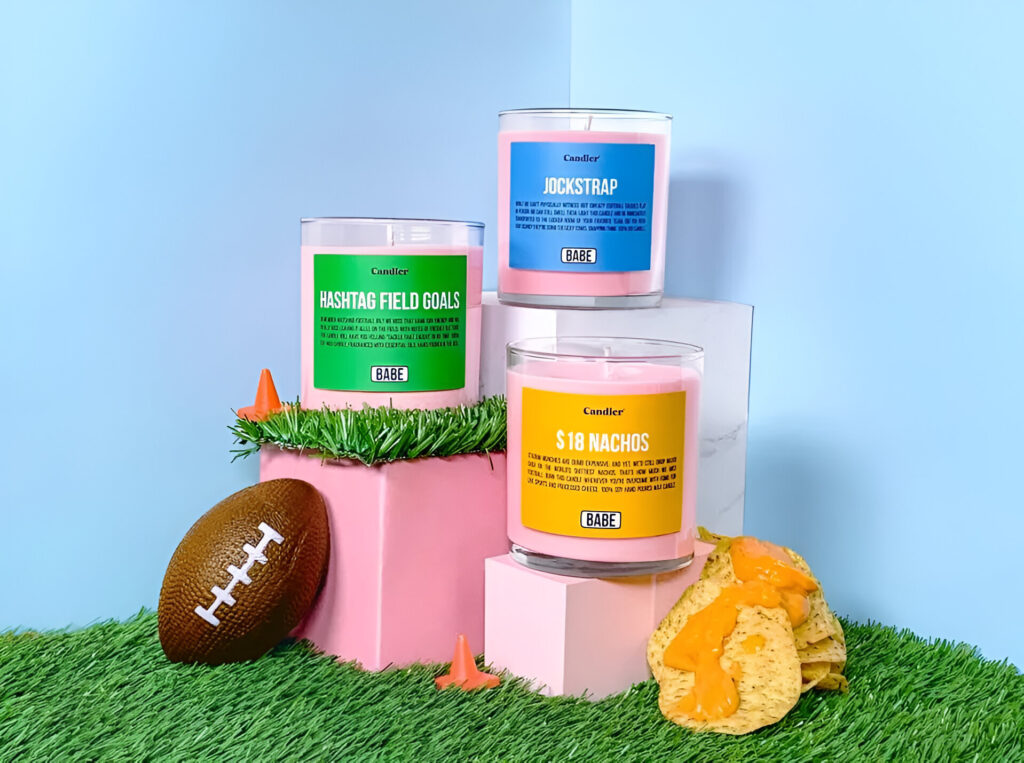
The candles had odd scents, like male deodorant or nacho cheese from stadium vendors, but that was exactly the point. The brands wanted to bring that feeling of watching an NFL game into fans’ homes, which they did by delivering unusual candle scents right to their customers.
You don’t necessarily have to go down this “odd” route, but the idea is that unique campaigns like this can get people talking and posting about your brand. Users will likely want to share their multi-sensory kits online, and that’s sure to get other people’s attention.
Key Takeaways
Experiential marketing and user-generated content can work hand in hand to deliver a strong marketing campaign. It’s often a challenge for marketers to get their customers to create high-quality content about their brand, but you can nudge them along through immersive interactions and experiences.
If you’re not sure where to start, refer to this post about five ways to use experiential marketing to get some amazing UGC from loyal, happy customers.

